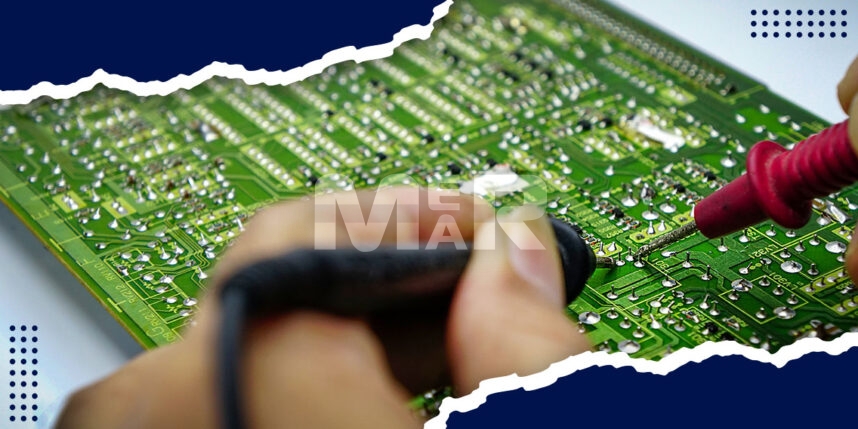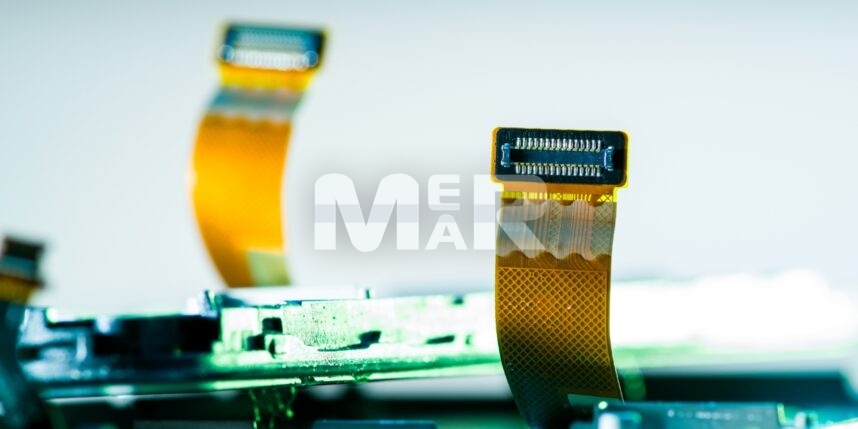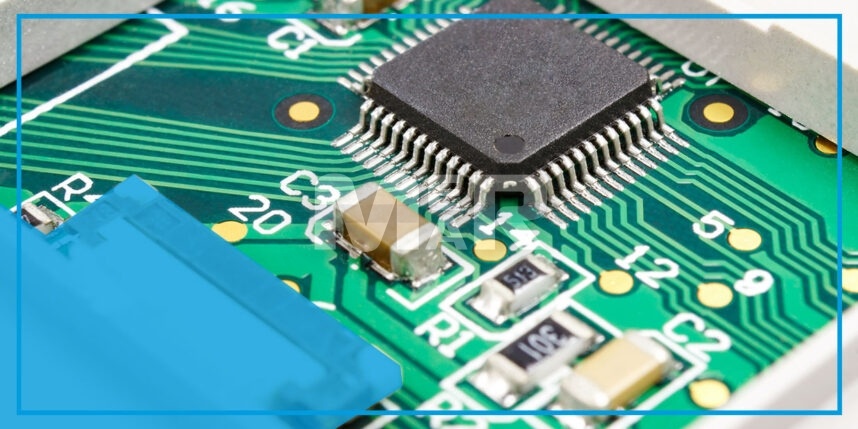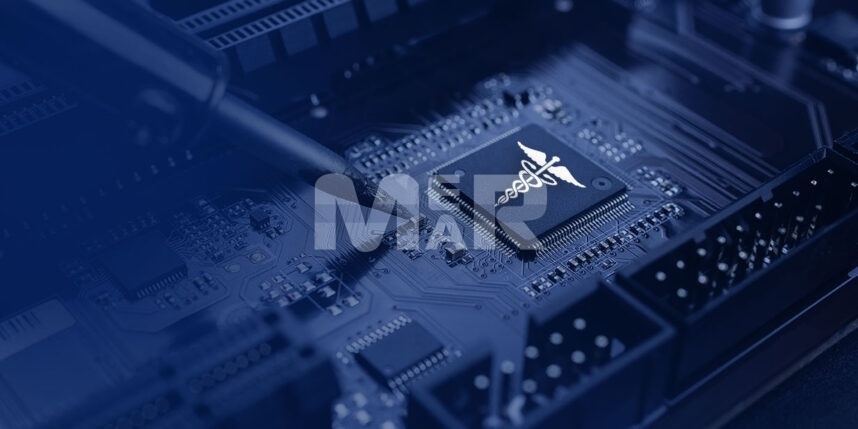Is it necessary to use Manual Soldering in the SMT Assembly Manufacturing?

With the increasing trend towards miniaturization, the one thing that is gaining huge ground in the SMT assembly process is the use of automation. Rightly so, as the rate of production needs to improve, and the possibilities of errors need to be reduced. With the automated manufacturing process not only are boards produced at a faster rate, but the cost is also significantly reduced.
Does manual soldering, therefore, find any place in SMT manufacturing process? The answer to this question is a resounding yes. However, before we look at some of the aspects that can be achieved only through manual soldering, let us look at the difference between manual and automated assembly.
Automated Assembly versus Manual Soldering SMDs
The significant difference between the two lies in the use of equipment. Automated assembly uses a wide variety of equipment including:
- Dispensing machine that applies solder paste to the PCB using a stencil
- Pick and place machines to mount SMDs on the solder paste
- Conveyor belts and reflow ovens where the solder paste is melted so as to join the components to the PCB.
In contrast, the requirements for manual soldering include:
- Experienced operators – They should be able to handle the multiple components and carry out the soldering work without any damage to the PCB assembly. Especially when it comes to soldering small parts, overheating needs to be avoided and solder iron with quick temperature changes needs to be effectively used.
- Some of the tools that aid manual soldering include:
- Soldering iron
- Solder flux
- Solder wick
- Hot-air gun and nozzles
- Vacuum pump
- Tools such as shear cutters, wire cutters, tweezers, safety goggles
- Hand-operated vacuum
- Solder wicks to remove excess solder
- Lead free solder
- Some of the other tools that come in handy include tweezers to move parts, vice to keep the board in place, an illuminated magnifying glass to detect defects and more.
With the difference between the two noted, let us look at some of the use cases where manual soldering finds use:
Touch-Ups
Manual touch-ups are often necessary even when your assembly process is otherwise automated. Some of the use-cases where manual touch-ups are needed include:
- Where smaller components are overshadowed by larger components. This leads to incomplete melting of the solder paste. Manual touch-ups can correct these defects.
- Mishandled components such as tombstones and bent pins also need manual touch-ups.
Repairs
Damaged and misplaced components often need replacement. This is made possible through a manual process. Operators typically use hot air guns to heat the solder joints and melt them. Once the melting process is done, the component can be removed from the board. In order to replace the component, the excess solder paste is removed and reapplied manually. The hot air gun is once again used to melt this freshly applied solder paste.
Special Components
With fragile components, prolonged heat exposure can be an issue. Such components have to be soldered by hand to prevent any damages. Also, since the PCB has both large and small components, the smaller components tend to heat up far quicker than larger ones. This can lead to overheating of the small components. It is, therefore, advisable to solder the large components by hand.
To sum up
Clearly automated manufacturing processes will continue to see increased usage on account of the many benefits it offers such as:
- Improved rate of production
- Reduced defects
- Lower costs
In addition to this manual soldering process comes with some challenges of its own including:
- The soldering is only as good as the expertise of the operator
- Reproducibility can be an issue
- High thermal stress can be applied to a small area
Despite these challenges, manual soldering will continue to play a pivotal role in the SMT PCB Assembly Process especially where special components are required or where repair and rework is needed.
Mer-Mar Electronics offer high-quality SMT PCB assembly services in quick turnaround time. Our SMT PCB assemblies are known for its high mechanical strength & a reliable choice for many industries. If you require SMT assembly, surface mount PCB fabrication, or any kind of services, contact us at sales@mermarinc.com or call us at (760) 244-6149.
Get a quick quote for SMT PCB assembly. We are looking forward to hearing from you.








